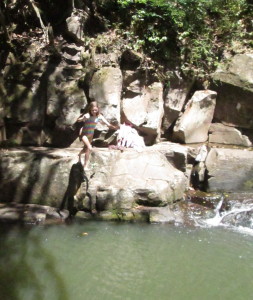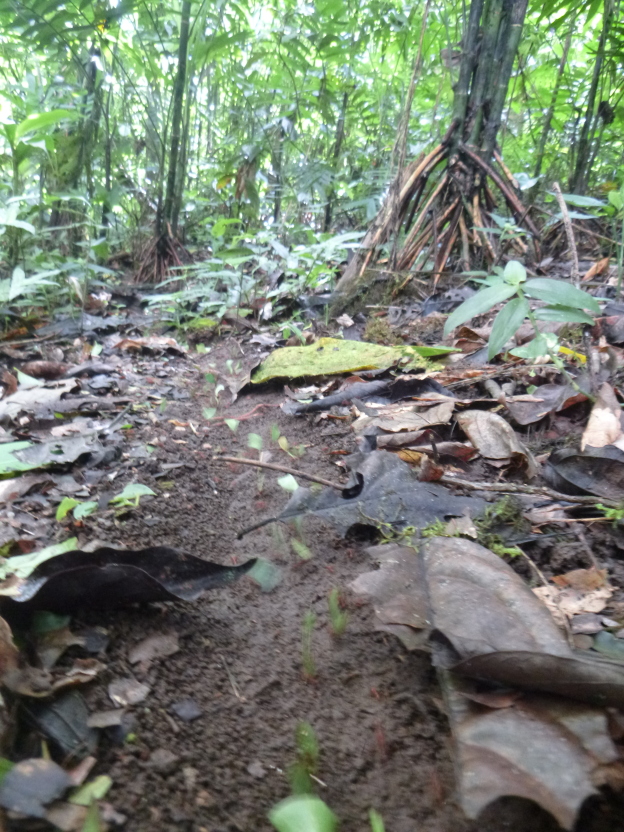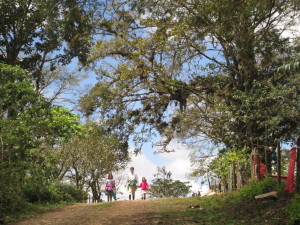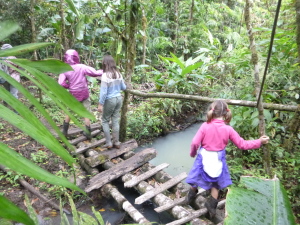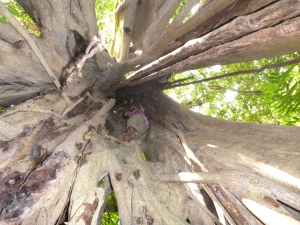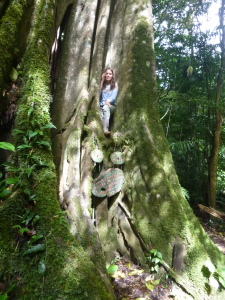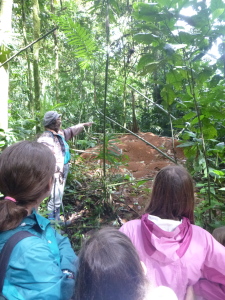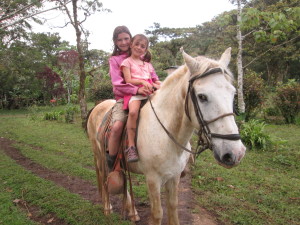Our second-to-last day in Nicaragua, we found a tarantula in our hotel room. The next day, we found a scorpion attempting to hitch a ride in Lanie’s backpack. Apparently we were no longer welcome in Nicaragua, so it’s just as well that we headed to the border the next day.
Costa Rica logistics have already proven to be far more complicated, for some reason. For the few days preceding our travels, I was spending much of my time hunched over the computer, trying to figure out where we were going to go and how we were going to get there. In the end, we were forced to conclude that we’d need to rent a car for a while.
Our travel day looked like this:
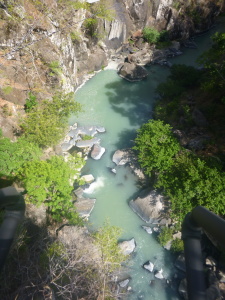 9 am ferry from Ometepe to the mainland
9 am ferry from Ometepe to the mainland- Taxi ride to the border (we’d been planning to take a taxi to the bus terminal and the bus to the border, but for $25 we decided to take the shortcut)
- Walk across the no-man’s-land border area, which involved having our passports checked three times by Nicaragua and three times by Costa Rica.
- Bus to Liberia, Costa Rica.
- Taxi to the Liberia airport where we picked up our rental car. (In shock from the price of the cab ($40! For 9 km! Nicaragua, we miss you already), we go the cheaper route and do not get an SUV. We will regret this decision later.)
- Drive for a couple of hours to the place I’d managed to rent last-minute for the night, from airbnb. It was not exactly a palace, and was in the middle of nowhere, but the drive was beautiful.
- Drive back out to the nearest town to stock up on groceries, since we have a kitchen.
- Drive back to the house because Bob forgot his wallet.
- Drive back to the store again and back to the house again. (For the most part we haven’t lost/forgotten things too much on this trip. But this house proved to be some kind of Bermuda-triangle type location with a magnetic pull over our belongings. This will also come up again later.)
 I guess the novelty of restaurants really has worn off, because the kids were thrilled to shop for groceries and cook dinner. Bob and I were instructed to sit down and mostly stay out of the way while they worked together to whip up pasta with chorizo, garlic, olive oil, tomatoes, and cheese. (Afterwards, they fought bitterly for about four hours about who would sleep where. But it was nice while it lasted.)
I guess the novelty of restaurants really has worn off, because the kids were thrilled to shop for groceries and cook dinner. Bob and I were instructed to sit down and mostly stay out of the way while they worked together to whip up pasta with chorizo, garlic, olive oil, tomatoes, and cheese. (Afterwards, they fought bitterly for about four hours about who would sleep where. But it was nice while it lasted.)
In the middle of the night, Bob and I were abruptly awakened by a very loud, very strange sound. It sounded like someone saying, “HHHHHHahhhhh” in this raspy voice, and must have 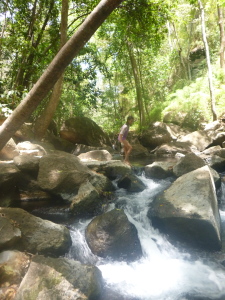 been right outside the window. (It was so loud, we initially thought it was inside the house.) Bob asked the caretakers here about it the next day, and it turns out we heard an ocelot! (They called it a “tigrillo”.)
been right outside the window. (It was so loud, we initially thought it was inside the house.) Bob asked the caretakers here about it the next day, and it turns out we heard an ocelot! (They called it a “tigrillo”.)
Being more aware of the road conditions, we decided we were too far to attempt our original plan of spending a day in Rincon de la Vieja National Park. Instead, we went to a nearby resort that featured hot springs, mud baths, and pools, plus hiking along a beautiful canyon in the forest, with a warm thermal river running through the middle.
I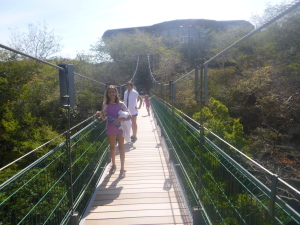 t was a very fancy place (though bizarrely, as it was even more in the middle of nowhere) with fluffy white towels and deferential waiters. However, the price for a day’s admission seemed exorbitant. We elected, therefore, to forgo add-ons like zip-lining and white-water tubing. It was very pleasant soaking in the hot river in the middle of the woods, and took the last of the soreness out of our muscles from our previous hike.
t was a very fancy place (though bizarrely, as it was even more in the middle of nowhere) with fluffy white towels and deferential waiters. However, the price for a day’s admission seemed exorbitant. We elected, therefore, to forgo add-ons like zip-lining and white-water tubing. It was very pleasant soaking in the hot river in the middle of the woods, and took the last of the soreness out of our muscles from our previous hike.
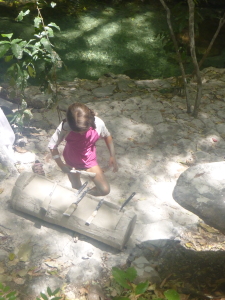 Dinner brought another misadventure. We thought we were buying salt in the grocery store, when we saw a packet of white crystals labeled, “Sal ingleterre”. Nadia put some into her signature guacamole, then grimaced as she tasted it. We quickly determined that whatever it was that we’d bought, it was not edible (Epsom salts, maybe?) It was horribly wrenching for us to throw away that big bowl of otherwise perfect guacamole. (Luckily there was another bowl that was untainted.)
Dinner brought another misadventure. We thought we were buying salt in the grocery store, when we saw a packet of white crystals labeled, “Sal ingleterre”. Nadia put some into her signature guacamole, then grimaced as she tasted it. We quickly determined that whatever it was that we’d bought, it was not edible (Epsom salts, maybe?) It was horribly wrenching for us to throw away that big bowl of otherwise perfect guacamole. (Luckily there was another bowl that was untainted.)
As we packed up and headed out the next day, the Bermuda triangle effect struck again. About 20 minutes into our journey, Bob asked, “Did you take the water bottles out of the fridge?” Nope, even though I’d checked the place about 20 times, we’d forgotten all our water and bottles. Back we went, down the rough dirt road, to the amusement of the caretakers. On the road again! Except, about 15 minutes later, Nadia: “I don’t remember packing up my kindle!” After a check of the bags, AGAIN we headed back. This last time, Bob told them, “Anything else we left here is yours.”
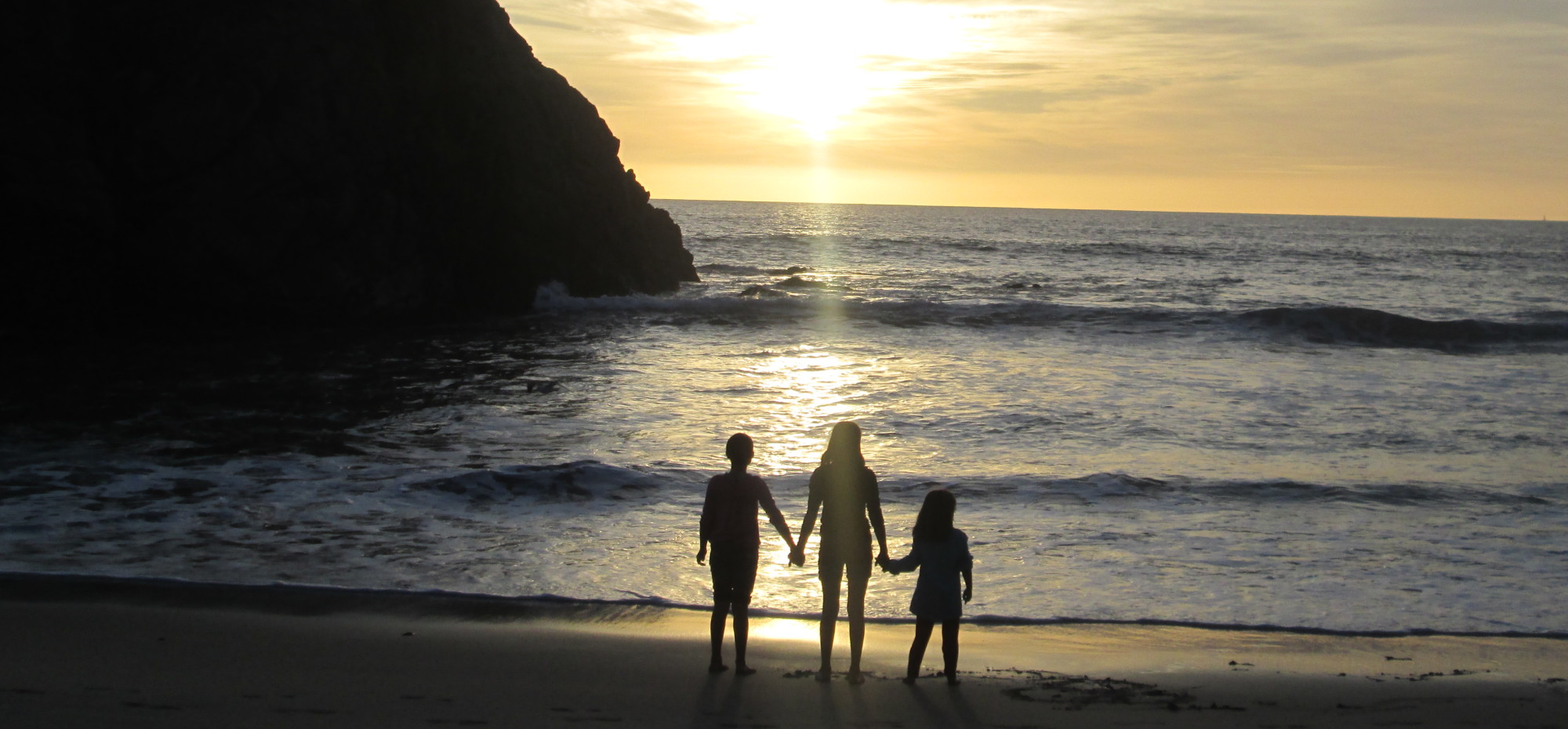
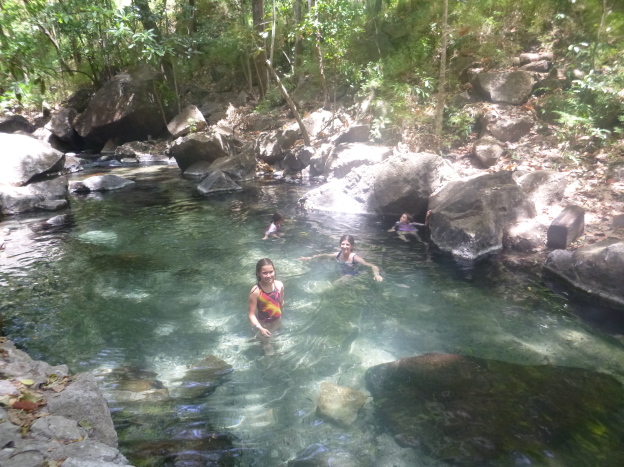
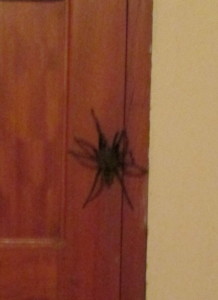
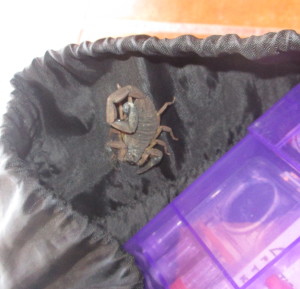
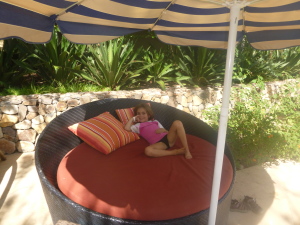
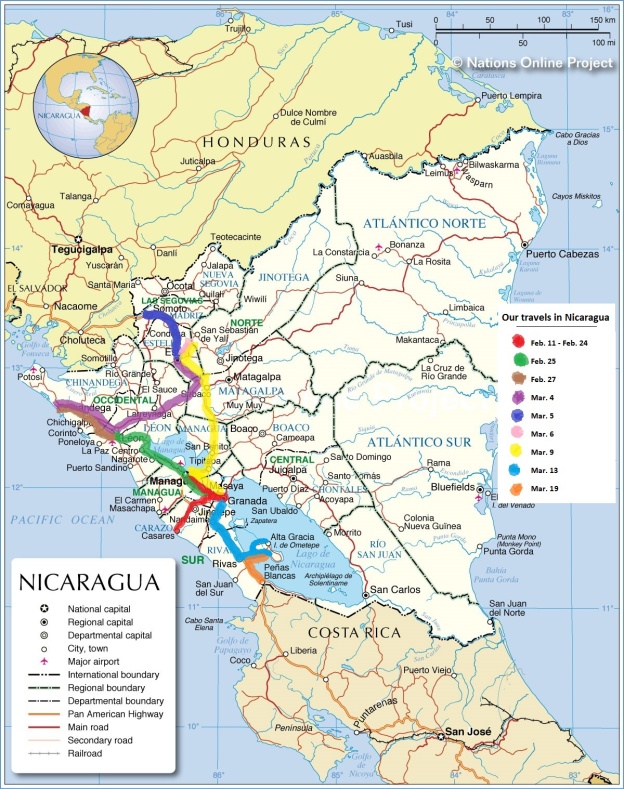
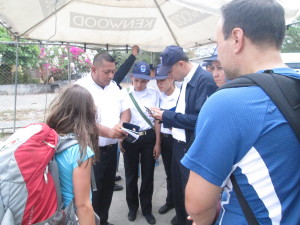
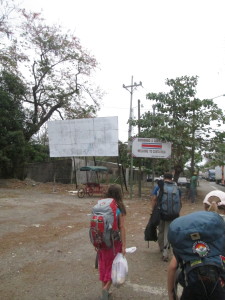

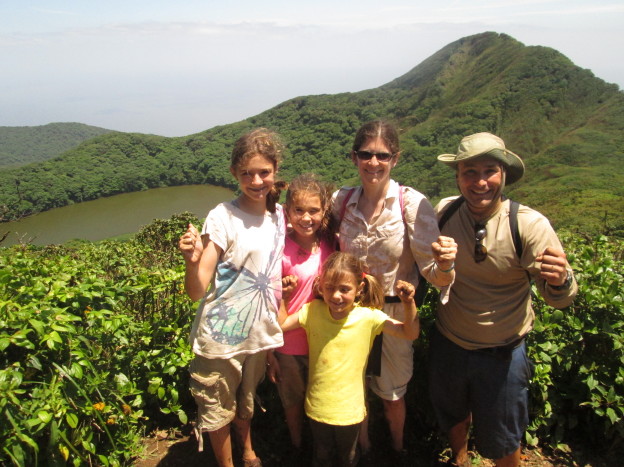
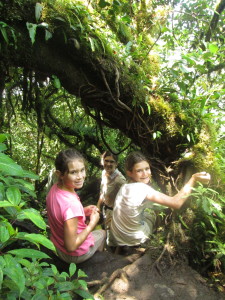
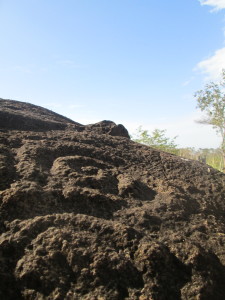
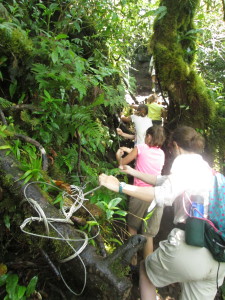
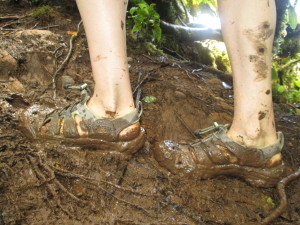
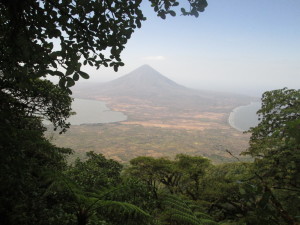
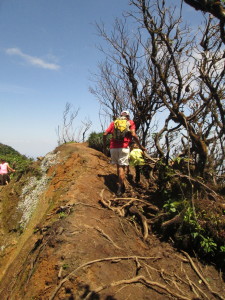
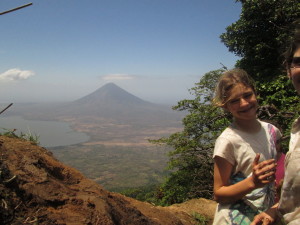
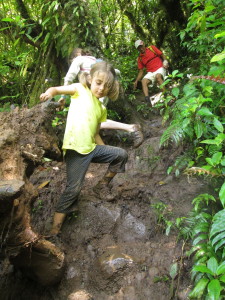
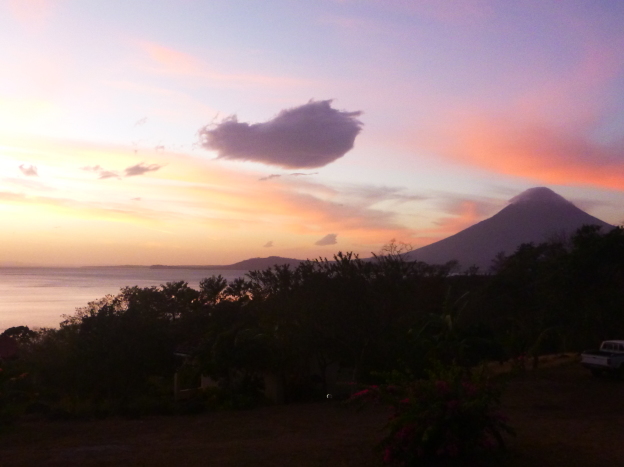
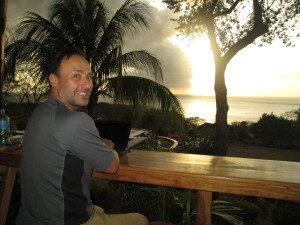
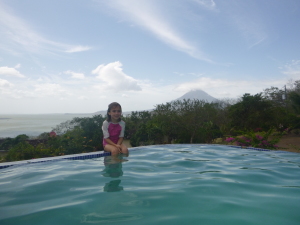
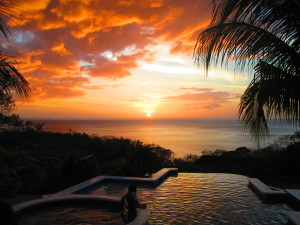
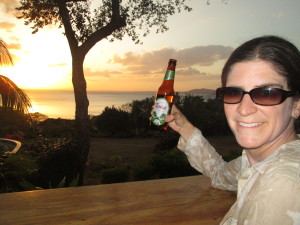
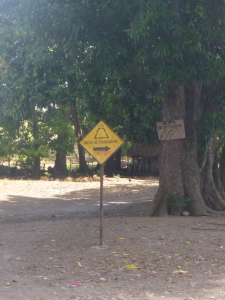
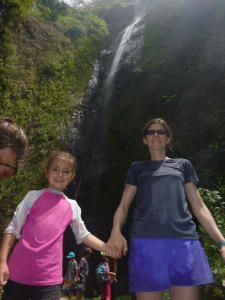
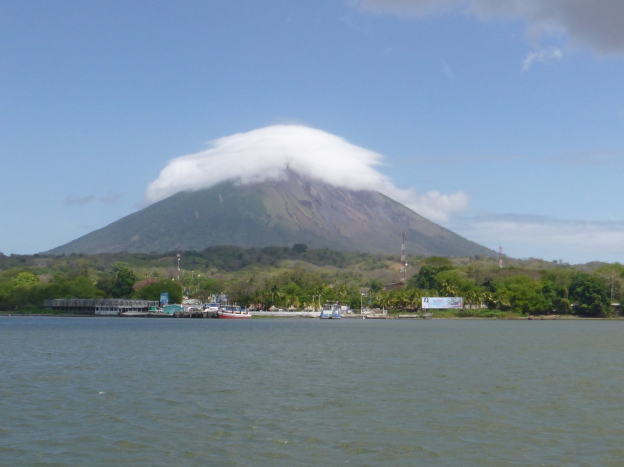
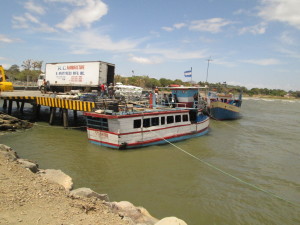
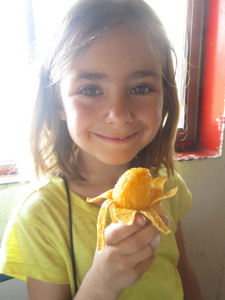
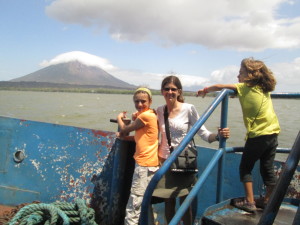
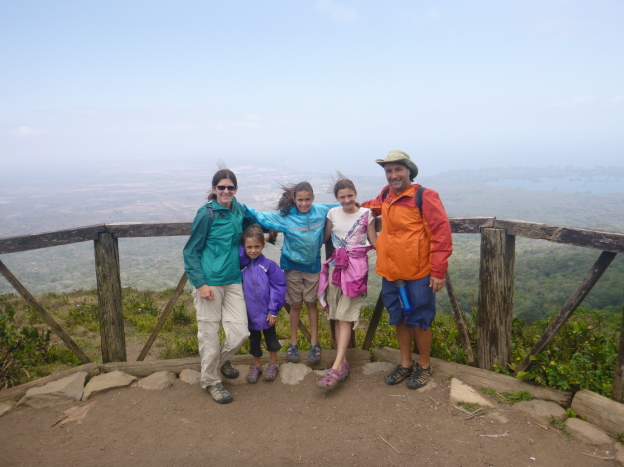
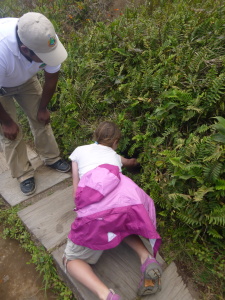
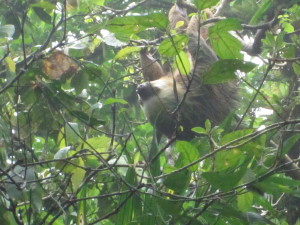
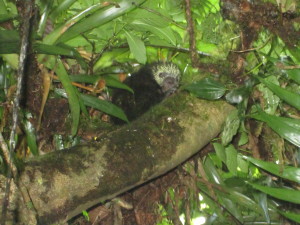
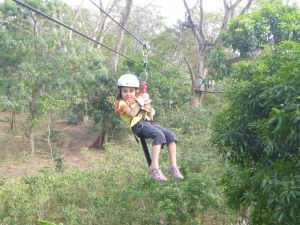
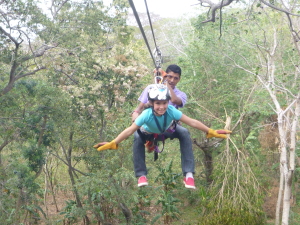
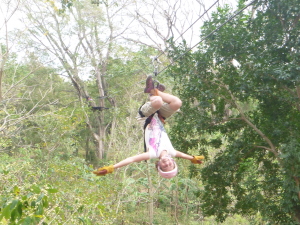
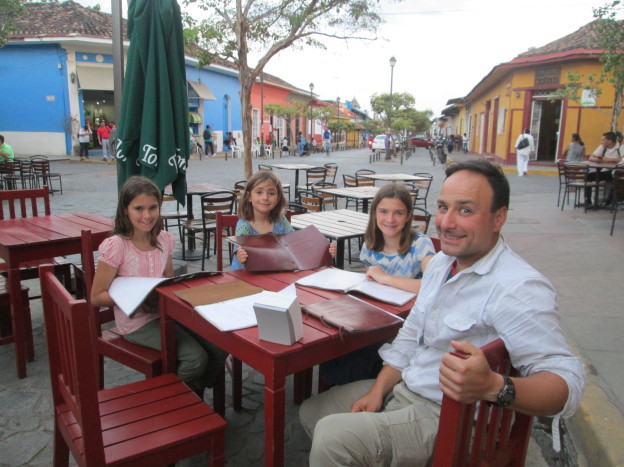
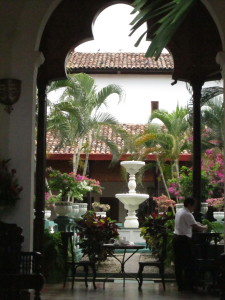
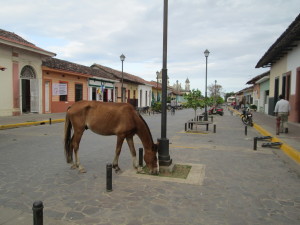
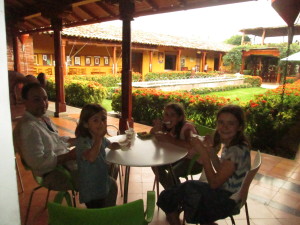
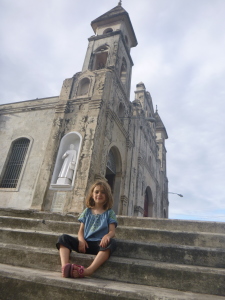
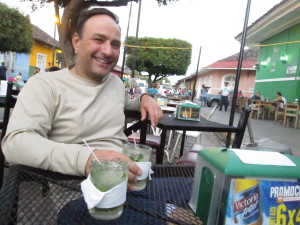
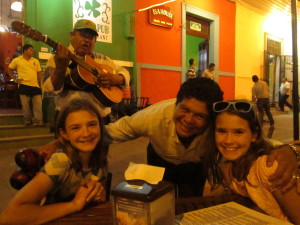
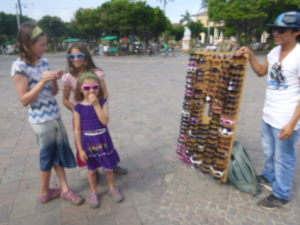 My instinct is to ignore things like this, assuming they either want to sell us something or somehow get our money, but luckily Bob has more faith in humanity. He said “yes” to the man, who then helpfully told us that we should take a left at the next corner since the bus station is hard to find. Not an experience I’ve ever had in an American city!
My instinct is to ignore things like this, assuming they either want to sell us something or somehow get our money, but luckily Bob has more faith in humanity. He said “yes” to the man, who then helpfully told us that we should take a left at the next corner since the bus station is hard to find. Not an experience I’ve ever had in an American city!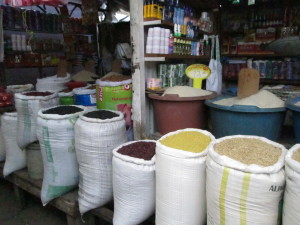
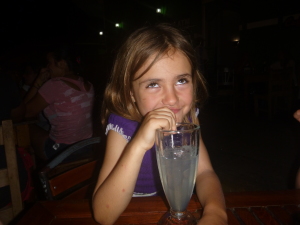
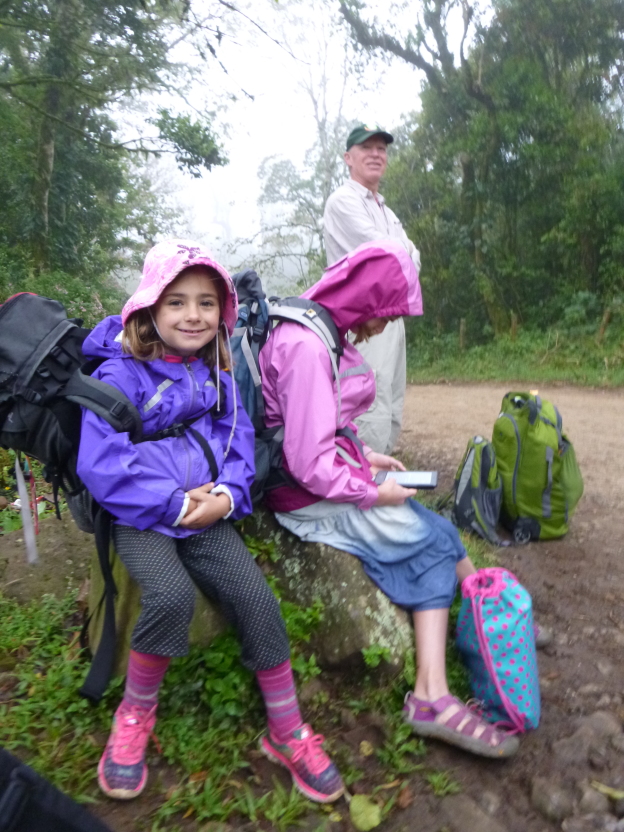
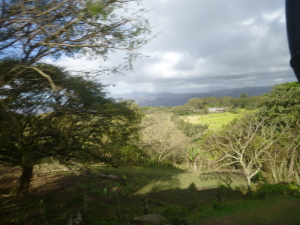
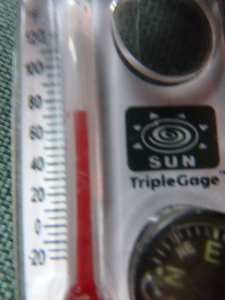
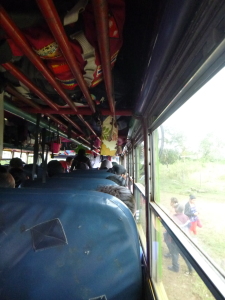
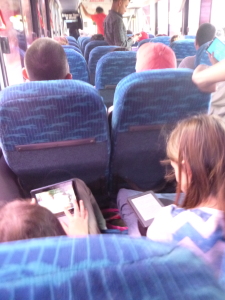
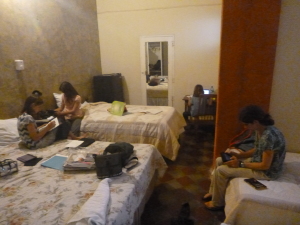
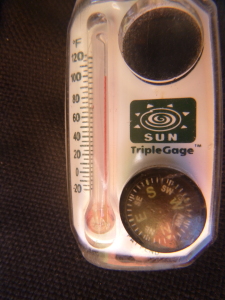
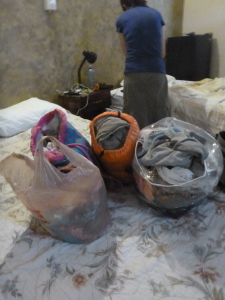
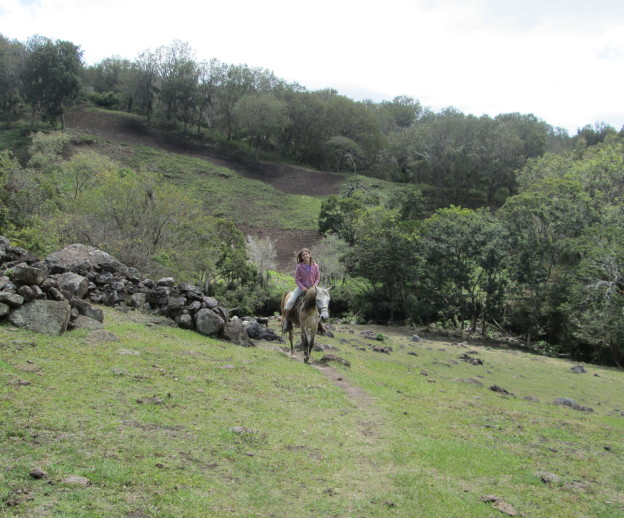
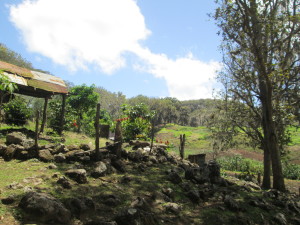
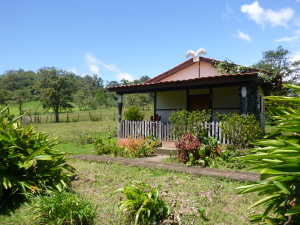
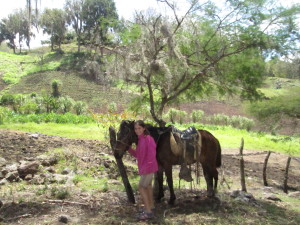
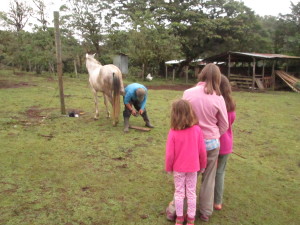
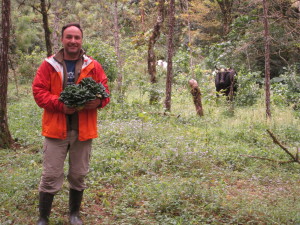
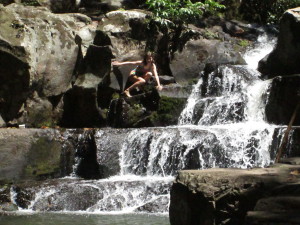 eventually to a lovely waterfall nestled into the woods. There is a very deep pool at the base of the falls for swimming — but alas, the water comes from mountain streams and is very cold. Only Zoe was brave enough to jump into the pool, and even she only did it once.
eventually to a lovely waterfall nestled into the woods. There is a very deep pool at the base of the falls for swimming — but alas, the water comes from mountain streams and is very cold. Only Zoe was brave enough to jump into the pool, and even she only did it once.